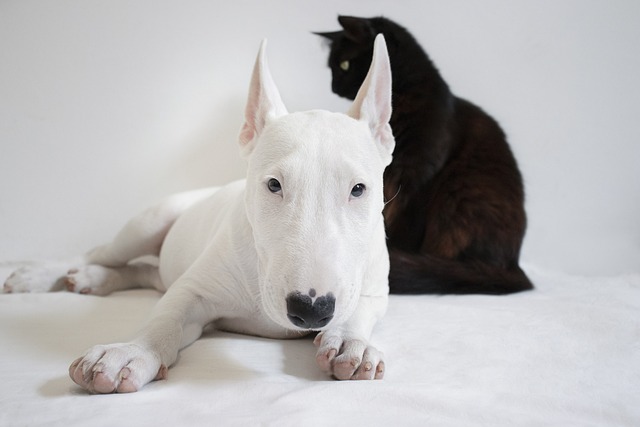
What is the most common dog allergy
I sat with my friend Lena at a coffee shop last week, where she was scrolling through allergy blogs—her 6-year-old son
What chew toys are safe for dogs' teeth? If you’ve ever watched your pup gnaw on a toy and wondered whether it’s doing more harm than good, you’re not alone. Let’s unpack the science behind dental - safe toys while weaving in key considerations for pet owners across Western countries, from regulatory standards to daily life habits.
First off, understanding your dog’s dental needs is crucial. Dogs have different types of teeth—incisors for picking up food, canines for gripping, and molars for grinding—so toys should cater to their natural chewing patterns without causing abrasion or fractures. Hardness is a make - or - break factor: toys that are too rigid (like solid bones or concrete - like nylon) can wear down enamel or even crack teeth, especially in breeds with powerful jaws. In many Western nations, veterinary associations like the American Veterinary Medical Association (AVMA) or the British Veterinary Association (BVA) publish guidelines on toy safety, emphasizing that safe materials should yield slightly when pressed with a fingernail—think of the texture of a ripe apple rather than a rock.
Material safety is non - negotiable in Western pet care culture. Look for toys made from FDA - approved rubber, food - grade silicone, or natural latex that’s free of phthalates, BPA, and other harmful chemicals. Here’s a regulatory tip: in the EU, pet toys must comply with the REACH regulation for chemical safety, while in the US, the Consumer Product Safety Commission (CPSC) sets standards to prevent choking hazards. Always check for safety certifications like the "Pet Safety Certified" label or third - party testing reports—skipping this step not only risks your dog’s health but could also land you on the wrong side of local animal welfare laws, which often require owners to provide safe equipment.
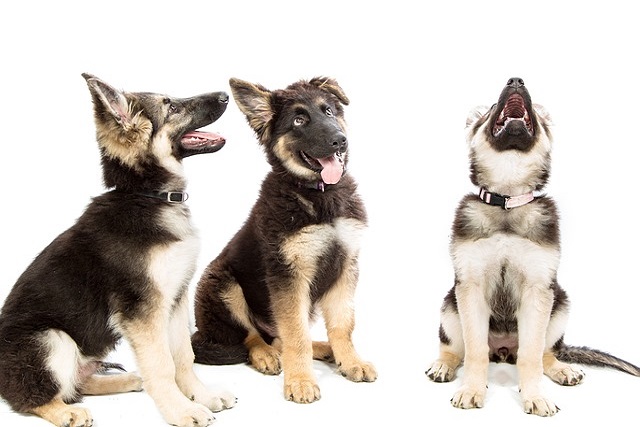
Texture matters just as much as material. Toys with gentle ridges or bumps can help clean teeth by scraping away plaque, but sharp edges or hard nubs can irritate gums. Puzzle toys that dispense treats are a win - win in Western households, as they combine dental exercise with mental stimulation—something that aligns with the cultural emphasis on enriching a dog’s environment. Just be cautious with toys that have small parts or detachable pieces; in shared living spaces like apartments, loose chunks not only pose a choking risk but also reflect poorly on responsible pet ownership, which is a community norm across many Western neighborhoods.
Cultural habits play a subtle role in toy selection too. In urban areas, noise - reducing toys are a godsend for apartment dwellers facing noise ordinances—hard plastic toys that clatter on floors can annoy neighbors, while softer rubber options are quieter. Additionally, outdoor spaces like parks often have unspoken rules about toy types; bringing a 脏兮兮,frayed toy might raise eyebrows, whereas a clean, well - maintained one signals respect for the shared environment. Many Western pet owners also rotate toys to keep their dogs engaged, which not only prevents boredom but also ensures each toy gets proper wear and tear inspection.
Supervision is key, especially during the early days. Even dental - safe toys can become hazardous if they start to break down, so make it a habit to check for signs of wear—fraying, cracks, or missing pieces—every few days. In Western veterinary practices, it’s standard to recommend replacing toys at the first sign of damage, as broken bits can cause intestinal blockages or dental injuries. This isn’t just a best practice; it’s part of the broader expectation of responsible pet care that’s deeply ingrained in many communities.
So, which toys make the cut? Brands like Kong (their classic red rubber toys are designed to be gentle on teeth), West Paw’s Zogoflex line (flexible yet durable), and Ethical Pets’ Dental Chews (textured to promote oral health) are often recommended by trainers and vets. Remember, the safest toy is one that matches your dog’s size, breed, and chewing style—what works for a Chihuahua might be too small for a Golden Retriever, and vice versa. By prioritizing material safety, regulatory compliance, and your dog’s specific needs, you can choose toys that protect their teeth while fitting seamlessly into your Western lifestyle. After all, a healthy mouth isn’t just good for your pup—it’s the foundation of a happy, tail - wagging partnership.

I sat with my friend Lena at a coffee shop last week, where she was scrolling through allergy blogs—her 6-year-old son
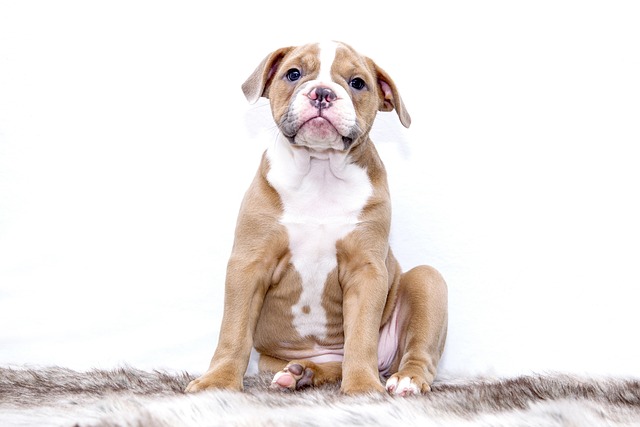
You’ve noticed it lately—your playful pup who used to sprint after squirrels now prefers a leisurely sniff around the yard, and that gray muzzle is becoming more pronounced.

Many new dog owners dream of welcoming a big, cuddly companion but worry about keeping up with intense exercise needs.
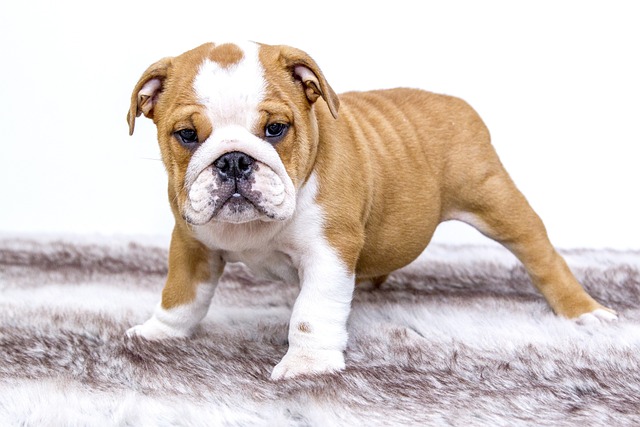
I sat with my neighbor Mrs. Henderson on her porch last night, as her 12-year-old Labrador, Molly, curled up at her feet. “I worry about her when we go to bed
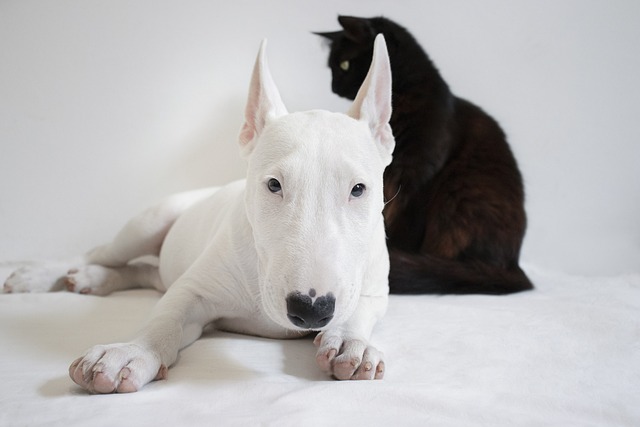
I spent a Saturday afternoon helping my cousin Maya prep for her new 8-week-old Golden Retriever puppy, Max—she had a cart full of cute sweaters and chew toys but forgot the basics

I sat with my friend Sarah in her living room last week, watching her 6-year-old Cocker Spaniel, Lila—who was diagnosed with early kidney disease